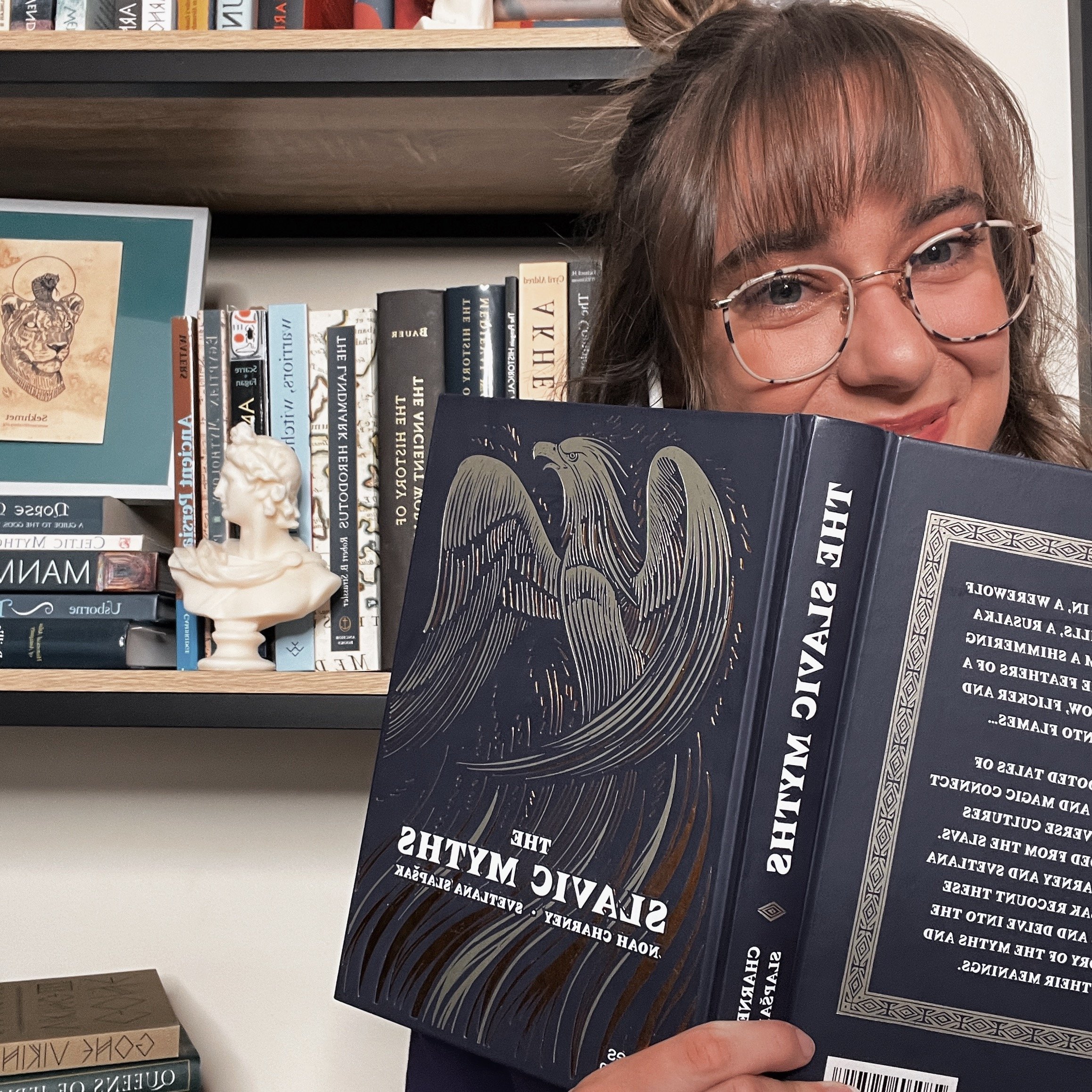★★★★☆ | Book 18 of 2024 — another wonderful book from Alice Roberts highlighting stories of the dead in Britain, and what bones and burials can tell us about past people.
Buried: An Alternative History of the First Millennium in Britain by osteoarchaeologist and professor Alice Roberts is the second book in her trilogy unpacking Britains history through skeletal remains. Following from Ancestors which focuses on the prehistory of Britain in seven burials, Buried instead focuses on Britain in the first millennium CE, through Roman Britain, contact with the Vikings and the spread of Christianity across the country. Roberts utilises modern and up to date evidence including skeletal remains, archaeological evidence, and DNA research to interrogate what we know about Britain during this period, and how we know it.
Probably because it spans a period where there is more available evidence from various contexts, Buried, spends more time discussing the more general historical environment, and contextualising the burials within a wider picture. The first chapter delves into a fascinating Roman cremation burial at Caerleon called the ‘Caerleon pipe burial’ named so because of the lead pipe sticking out of the top of the lead canister full of cremated remains that would have once stuck out of the ground. Roberts discusses the potential explanations for this unique burial, while also highlighting the historical period of Roman Britain more broadly, and the history more specifically of Caerleon. You finish the chapter feeling as though you were taken along for the ride whilst Roberts evaluated the various possibilities of the person buried, and why they had a lead pipe connecting their burial to the living world above them.
This is the general set up for each chapter focussing on a different part of the United Kingdom, and a different burial. The second chapter explored a Roman villa associated with numerous infant burials, and another chapter introduces the overall concept of ‘deviant burials’ which essentially means irregular or strange burials, and this concept is introduced with the headless skeletons found at Great Whelnetham. These burials were decapitated, sometimes with the skulls found between the legs, and some were even prone or face down. Roberts discusses Anglo-Saxon history in Britain (and even delves into the issues of using the term ‘Anglo-Saxon’ in the first place) and broadens her discussion even further with the Staffordshire hoard and the issues archaeologists face when dealing with hoards of artefacts.
By the end of the book, after learning about Roman Britain, Anglo-Saxon history, Viking connections and even the very first churchyards used as cemeteries, the reader truly feels well versed in the various and wide-ranging burial practices that were utilised in Britain during the first millennium. I think Roberts does a wonderful job at connecting the modern reader with the ancient inhabitants of Britain, reminding us that they, like us, were individuals who lived lives that didn’t necessarily fit a mould, as highlighted with the range of burial goods, and the numerous deviant burials. A wonderful addition to this book was the colour images insert, and the lovely illustrations at the beginning of each chapter that set the reader up for the kind of burials and artefacts featured in the coming section. As with Ancestors, I feel like having maps throughout, or one map at the beginning highlighting all the areas discussed would be really beneficial, especially for those not from Britain.
Overall, this was a fascinating, well-written and insightful analysis of Britain in the first millennium, utilising the most recent evidence and the authors incredible expertise.



















